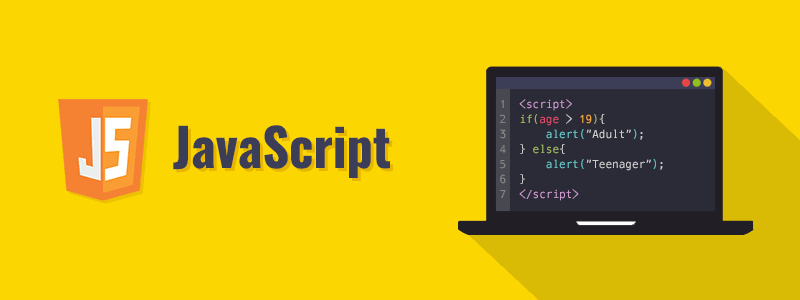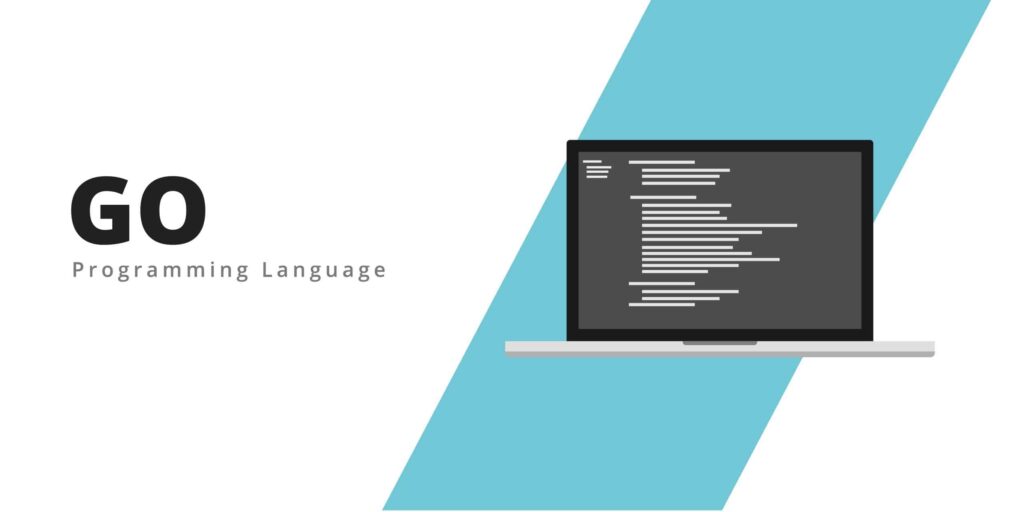Exploring the Significance of Programming Language

Programming Language:
A programming language is a formalized means by which humans communicate instructions to a computer or computing device. It functions as an intermediary between the human programmer and the machine, facilitating the writing of code that the computer can comprehend and execute.
Programming languages are comprised of a set of regulations, syntax, and semantics that establish the manner in which programs are composed. They offer a structured and standardized approach to expressing algorithms, data manipulations, and other computational operations. Diverse programming languages possess distinct strengths, features, and applications, rendering them appropriate for a variety of programming tasks.
Top 3 programing language in 2023 :
JavaScript :
JavaScript is a programming language that is extensively utilized, primarily recognized for its contribution to web development. It is a versatile and indispensable language that is instrumental in generating interactive and dynamic content on websites. JavaScript facilitates the creation of diverse functionalities that augment user experience, such as animations, real-time updates, form validation, and other features.
Here’s why JavaScript is important to learn:
Client-Side Web Development : JavaScript is predominantly utilized in the client-side aspect of web development. It operates directly within web browsers, enabling the creation of interactive web pages that can respond to user actions without necessitating continuous communication with the web server. This results in a more captivating and user-friendly web experience.
Extensive Acceptance : JavaScript is endorsed by all major web browsers, rendering it a ubiquitous language for web development. This extensive acceptance guarantees that your code can reach a vast audience without encountering compatibility issues.
Front-End Frameworks and Libraries : JavaScript boasts a diverse ecosystem of frameworks and libraries, including React, Angular, and Vue.js, that facilitate the creation of intricate user interfaces and the management of state in web applications.
Back-End Development : The advent of technologies such as Node.js has enabled the utilization of JavaScript for server-side development. This affords the opportunity to construct both the front-end and back-end of web applications using the same language, thereby streamlining the development process.
Cross-Platform Development : JavaScript, in conjunction with frameworks like React Native and Electron, permits the development of cross-platform mobile and desktop applications utilizing web technologies. This diminishes the necessity to acquire proficiency in multiple programming languages for varying platforms.

Rich User Interactions : The utilization of JavaScript facilitates the creation of rich user interactions, such as sliders, modals, tooltips, and other dynamic components, which significantly enhance user engagement and interaction.
Asynchronous Programming : The asynchronous nature of JavaScript programming enables the handling of tasks such as data fetching and processing without impeding the user interface. This feature is crucial in developing responsive applications that do not freeze or become unresponsive while waiting for operations to complete.
Job Opportunities : The job market highly demands professionals proficient in JavaScript and its related technologies. Many companies seek web developers with expertise in this programming language.
Community and Resources : JavaScript boasts a vast and active developer community, providing numerous tutorials, documentation, forums, and resources to aid in learning and skill improvement.
Continuous Evolution : The language of JavaScript is in a state of continuous evolution, marked by the introduction of novel language features and enhancements. Acquiring proficiency in JavaScript is essential for remaining abreast of the latest advancements in web and software development.
In essence, mastering JavaScript is a crucial undertaking for individuals keen on web development, the creation of interactive websites, the construction of web applications, or the expansion of their programming expertise. It furnishes a robust basis for both front-end and back-end development, as well as prospects in other domains such as mobile and desktop application development.
Python :
Python is a highly favored and adaptable high-level programming language that is renowned for its uncomplicated nature, comprehensibility, and extensive applicability. Its inception dates back to 1991, when it was developed by Guido van Rossum. Python’s design ideology prioritizes the legibility of code and a streamlined syntax, rendering it an exceptional option for both novice and seasoned developers.
Here’s why Python is important to learn:
Python’s Ease of Learning : Python’s syntax is straightforward and easy to comprehend, making it an ideal language for novice programmers. Its indentation-based formatting enforces clean and readable code, thereby reducing the likelihood of syntax errors.
Python’s Versatility : Python is a general-purpose programming language, which means it can be utilized for a wide range of applications, including web development, data analysis, scientific computing, machine learning, artificial intelligence, automation, scripting, game development, and more.
Python’s Rich Ecosystem : Python boasts a vast ecosystem of libraries and frameworks that expedite development and enhance efficiency. For instance, libraries such as NumPy, pandas, and Matplotlib are popular for data analysis and visualization, while frameworks like Django and Flask are utilized for web development.

Python’s Data Science and Machine Learning Capabilities : Python is a leading language for data science and machine learning projects. Libraries such as TensorFlow, PyTorch, scikit-learn, and Keras provide powerful tools for building and training machine learning models.
Web Development : Python is a versatile programming language that can be utilized to construct dynamic and interactive websites. The utilization of frameworks such as Django and Flask streamlines the process of creating web applications by providing pre-built components and tools.
Scripting and Automation : Python is frequently employed for scripting tasks and automation. It has the capability to automate repetitive tasks, manipulate files and data, and interact with other software and systems.
Community and Support : Python boasts a vast and active community of developers, which translates to a plethora of resources, tutorials, and support being readily available. In the event of encountering an issue, it is highly probable that someone else has faced it too, and a solution can be easily found.
Job Opportunities : Python skills are in high demand across various industries. Numerous companies and organizations utilize Python for web development, data analysis, machine learning, automation, and more. Acquiring proficiency in Python can unlock a wide range of job opportunities.
Cross-Platform Compatibility : The programming language Python is deemed a cross-platform language as it is available on multiple platforms such as Windows, macOS, and Linux. This feature enables Python code to be executed on different operating systems without significant modifications.
Open Source : Python is an open-source software, which implies that it is free to use, modify, and distribute. This fosters a collaborative and innovative community that contributes to the language’s growth and improvement.
In conclusion, Python is a crucial programming language to acquire due to its versatility, readability, and extensive range of applications. Whether one is a novice seeking to commence programming or an experienced developer exploring new domains, Python provides a robust foundation for various programming tasks and career paths.
Golang :
The programming language known as “Golang,” or Go for short, is a statically typed and compiled language that has been specifically designed for simplicity, efficiency, and ease of use. It was created by Google engineers Robert Griesemer, Rob Pike, and Ken Thompson and was initially introduced in 2009. Go is distinguished by its uncluttered syntax, exceptional performance, and inherent capacity for concurrent programming.
Here’s why Go is important to learn:
Concurrent and Parallel Programming : One of the most notable features of Go is its inherent support for concurrency through the utilization of goroutines and channels. Goroutines enable the execution of lightweight threads concurrently, simplifying the development of efficient and responsive programs that can handle multiple tasks simultaneously. This attribute is particularly advantageous for the creation of scalable web servers and distributed systems.
Efficiency and Performance : Go has been designed to prioritize speed and efficiency. Its compiled nature and lightweight goroutines contribute to low memory consumption and high performance, rendering it suitable for applications that necessitate real-time processing or high throughput.
Simplicity and Readability : Go’s syntax is straightforward and easily comprehensible, reducing the cognitive burden on developers. Its minimalist design promotes the creation of clean and maintainable code, making it an appealing language for both novice and seasoned programmers.
Standard Library and Packages : The Go programming language is equipped with a comprehensive standard library that encompasses a wide range of packages, including those for networking, file I/O, cryptography, web development, and more. These packages facilitate the development of robust applications without the need for extensive reliance on third-party libraries.

Web Development : In terms of web development, Go is particularly well-suited for building web applications and APIs. The standard library’s “net/http” package provides the necessary tools for creating HTTP servers and handling routing, making it a convenient option for developing web services.
Scalability : Furthermore, Go’s concurrency features make it highly suitable for developing applications that are both scalable and responsive. As such, it is a popular choice for building distributed systems and microservices.
Static Typing : The programming language Go possesses several noteworthy features that make it a valuable addition to one’s programming skill set. Firstly, Go is statically typed, which entails that type checking is executed during the compilation process. This feature enables the early detection of errors during the development process, thereby resulting in more reliable and maintainable code. Secondly, Go is a cross-platform language that supports multiple operating systems and architectures. This feature allows for the compilation of Go code for various platforms without significant modifications.
Cross-Platform Compatibility : Thirdly, the Go community, while not as extensive as some other programming languages, is active and growing. There are numerous tutorials, documentation, and open-source projects available to aid in learning and contributing to the language. Fourthly, Go has gained popularity in recent years and is widely used by tech giants such as Google, Dropbox, Uber, and more. Learning Go can lead to job opportunities in companies that require high-performance systems and backend development.
In conclusion, Go is a valuable language to learn due to its concurrency capabilities, efficiency, simplicity, and suitability for building scalable and performant applications. If one is interested in systems programming, backend development, microservices, or distributed systems, Go can be a valuable addition to their programming skill set.





